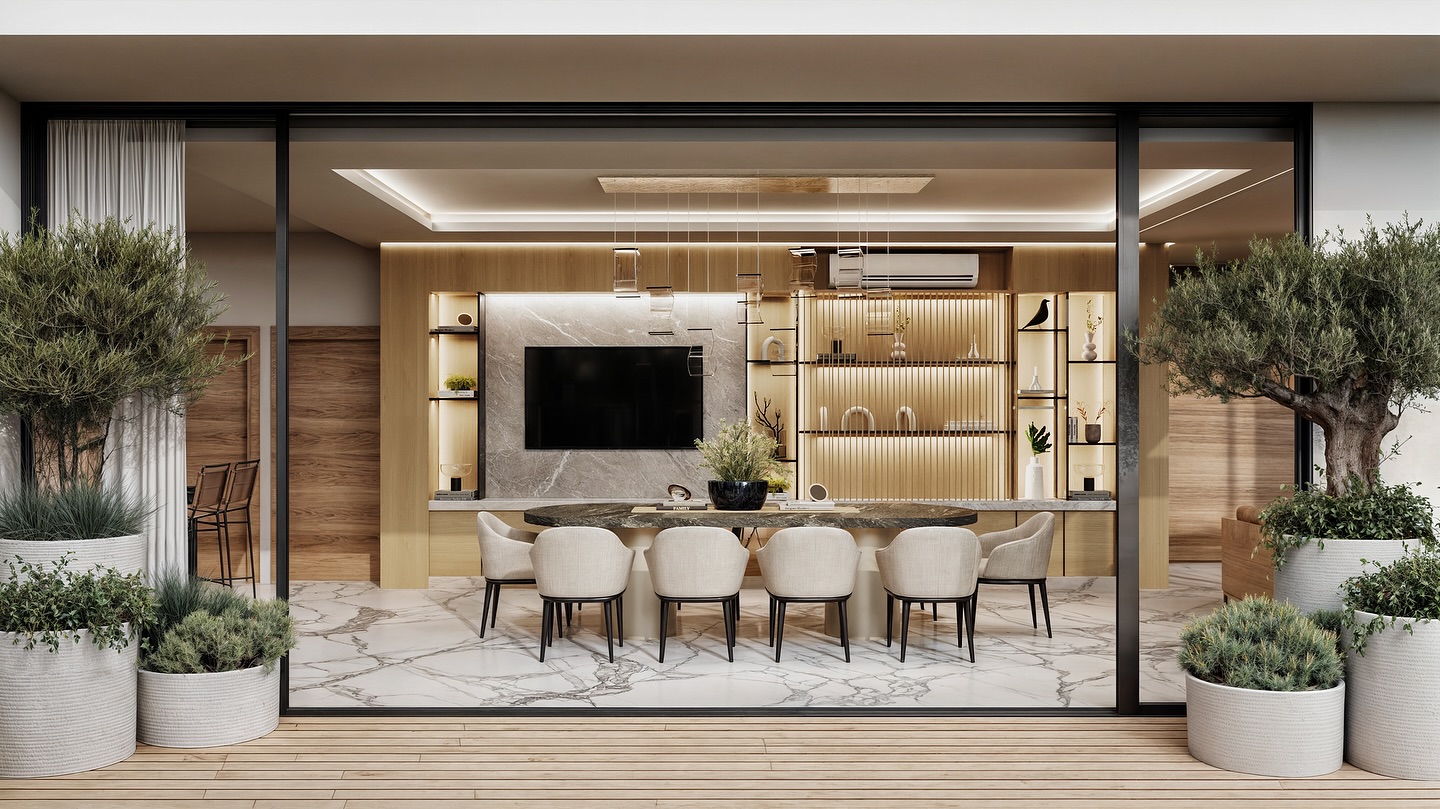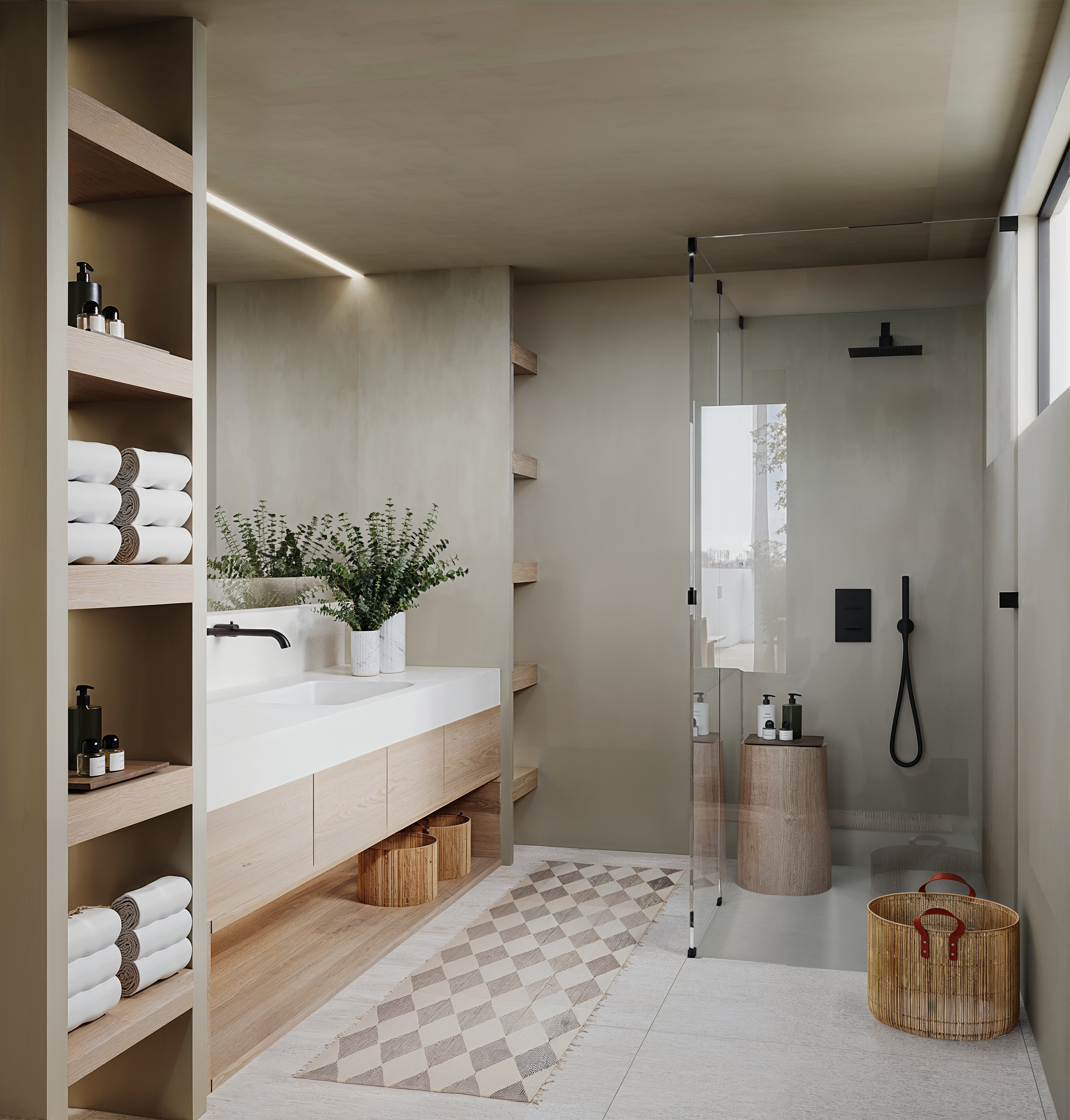The Future of Architectural Visualization with 3D Rendering

In the ever-evolving world of architecture and design, visualization techniques have undergone a remarkable transformation. Gone are the days of relying solely on hand-drawn sketches and physical models. Today, 3D rendering has revolutionized how architects and designers present their concepts to clients and stakeholders.
3D rendering technology allows for the creation of photorealistic images that showcase architectural designs with stunning accuracy and detail. These renderings provide clients with a clear understanding of how the final project will look, helping to manage expectations and reduce the risk of miscommunication during the design process.
Benefits of 3D Architectural Visualization
One of the primary advantages of 3D rendering is the ability to visualize spaces before they're built. This capability enables architects and clients to make informed decisions about design elements, materials, and spatial arrangements. By identifying potential issues early in the design phase, changes can be made before construction begins, saving both time and money.
Additionally, 3D renderings serve as powerful marketing tools. High-quality visualizations can be used in presentations, marketing materials, and online platforms to attract potential clients and investors. The emotional impact of seeing a space come to life through realistic rendering can be the deciding factor in securing project approval or funding.
The Technical Evolution
Recent advancements in rendering software and hardware have made it possible to create increasingly realistic visualizations. Ray tracing technology simulates the physical behavior of light, resulting in accurate shadows, reflections, and lighting conditions. Texture mapping has become more sophisticated, allowing for the realistic representation of materials like wood, stone, metal, and glass.
Virtual reality (VR) and augmented reality (AR) have further enhanced the 3D visualization experience. Clients can now take virtual tours of unbuilt spaces, experiencing the scale, flow, and ambiance of a design in an immersive way. This technology bridges the gap between technical drawings and the final built environment, making the design process more accessible to non-professionals.
The Future of Architectural Visualization
As technology continues to advance, we can expect even more innovative approaches to architectural visualization. Real-time rendering will become more prevalent, allowing for on-the-fly adjustments during client meetings. AI and machine learning will streamline the rendering process, automatically generating multiple design options based on specified parameters.
At Ambar Estudio, we're committed to staying at the forefront of these technological advancements, providing our clients with the most realistic and effective visualization tools available. Our team of skilled 3D artists and architects work together to create stunning visualizations that accurately represent your vision and help bring your projects to life.
Written by Rafael Arredondo
Ambar Estudio Team
Related Articles


